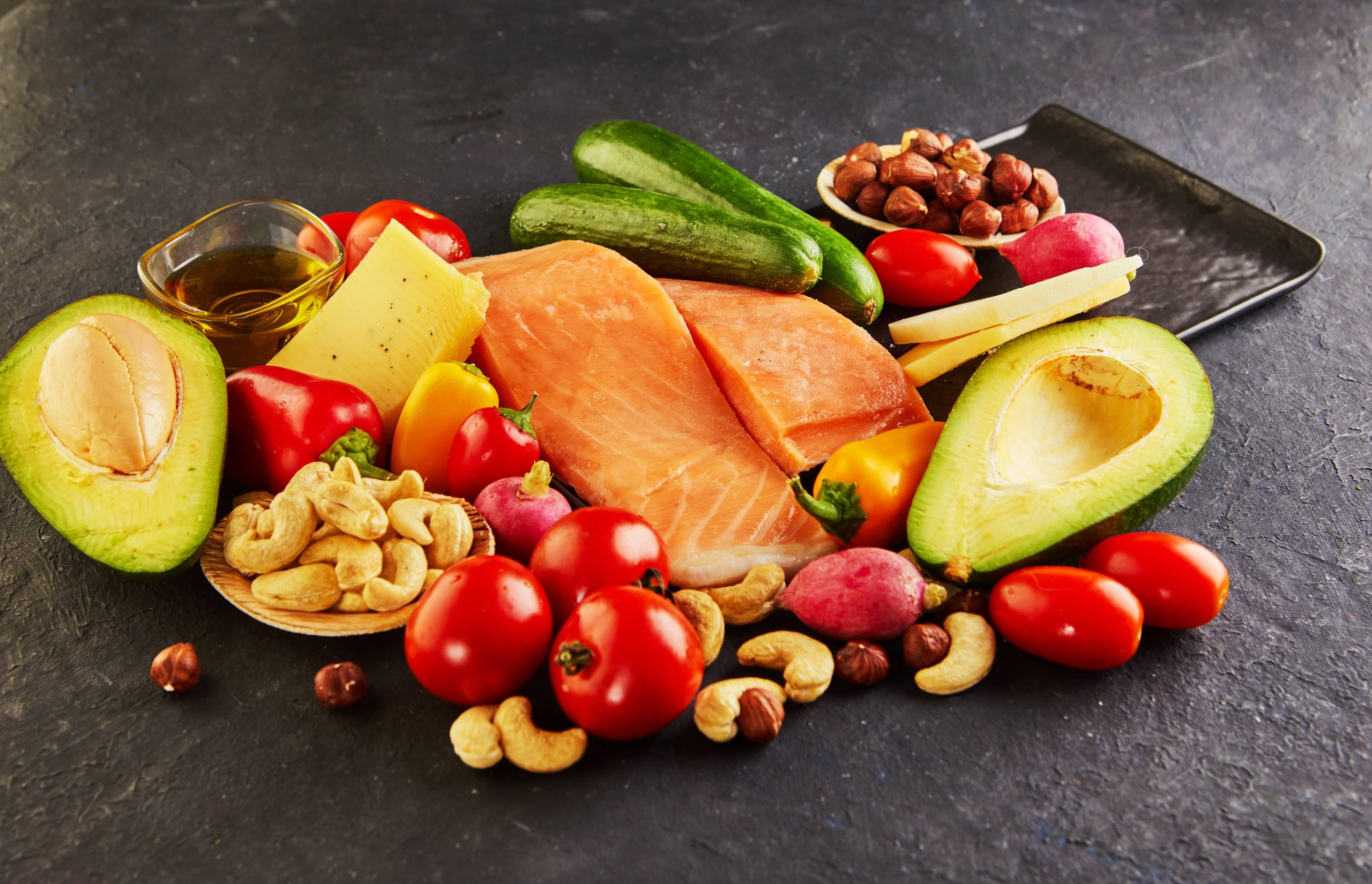
In a world where super-sized meals and all-you-can-eat buffets have become the norm, it’s no wonder that portion control has taken a backseat in many of our eating habits. Yet, understanding portion sizes is crucial for maintaining a healthy diet and lifestyle. By creating a balanced plate, you can simplify portion control and make healthier choices without sacrificing flavor or satisfaction.
Why Portion Control Matters
Portion control is vital for several reasons. First, it helps prevent overeating, which can lead to weight gain and its associated health issues such as obesity, heart disease, and diabetes. By managing portions, you can regulate your calorie intake and maintain a healthy weight over the long term.
Moreover, portion control isn’t just about limiting your food; it’s about ensuring you’re getting the right balance of nutrients. A balanced plate includes a mix of carbohydrates, proteins, and fats, along with vitamins and minerals. This balance supports overall health, energy levels, and bodily functions.
The Balanced Plate Method
One of the easiest ways to achieve portion control is through the Balanced Plate Method, also known as the Healthy Plate Model. This visual guide simplifies portion control by dividing your plate into sections based on food groups. Here’s how you can create a balanced plate for your meals:
1. Half the Plate: Vegetables and Fruits
Fill half your plate with colorful vegetables and fruits. These should make up the bulk of your meal because they are rich in essential vitamins, minerals, and fiber. Fiber, in particular, is crucial for digestion and helps you feel full, reducing the temptation to overeat. Incorporate a diverse range of colors and types to benefit from a broad spectrum of nutrients. Think leafy greens, vibrant bell peppers, carrots, berries, and citrus fruits.
2. One-Quarter of the Plate: Protein
Protein is an essential component of a balanced diet, supporting muscle function, growth, and repair. Allocate about one-quarter of your plate to lean protein sources. These can include poultry, fish, legumes, tofu, or eggs. If you consume red meat, opt for leaner cuts and limit the frequency to reduce saturated fat intake. For vegetarians and vegans, plant-based proteins such as beans, lentils, and quinoa are excellent choices.
3. One-Quarter of the Plate: Whole Grains or Starches
The remaining quarter of your plate should consist of whole grains or starchy foods. Whole grains like brown rice, quinoa, whole wheat pasta, and oats provide complex carbohydrates that release energy slowly, keeping you fuller for longer. They are also a good source of fiber and essential nutrients like B vitamins. While it’s tempting to fill up on refined grains, whole grains offer more nutritional value and are better for maintaining steady energy levels throughout the day.
4. Healthy Fats on the Side
While not directly part of the plate divisions, incorporating healthy fats is crucial. These can be added through cooking methods or toppings. Use olive oil when preparing vegetables, toss nuts or seeds into salads, or add slices of avocado to your meals. Healthy fats are vital for brain health, hormone production, and the absorption of fat-soluble vitamins. They also add satiety and flavor to your dishes.
Tips for Simplifying Portion Control
Implementing the Balanced Plate Method is a great start, but it can be complemented with additional strategies to simplify portion control:
1. Use Smaller Plates and Bowls: This is a simple trick that can help you eat less without realizing it. Smaller dishes naturally limit the amount of food you can serve yourself.
2. Mindful Eating: Slow down and enjoy each bite, paying attention to your hunger and fullness cues. Mindful eating can prevent overeating and promote better digestion.
3. Pre-portion Snacks: Avoid eating directly from large bags or containers. Instead, pre-portion snacks like nuts, chips, or fruits into smaller, single-serving sizes.
4. Read Food Labels: Pay attention to serving sizes indicated on food packaging. This will help you understand how much you’re actually consuming and make informed decisions.
5. Listen to Your Body: It’s easy to eat out of habit or because food is available. Practice listening to your body’s
